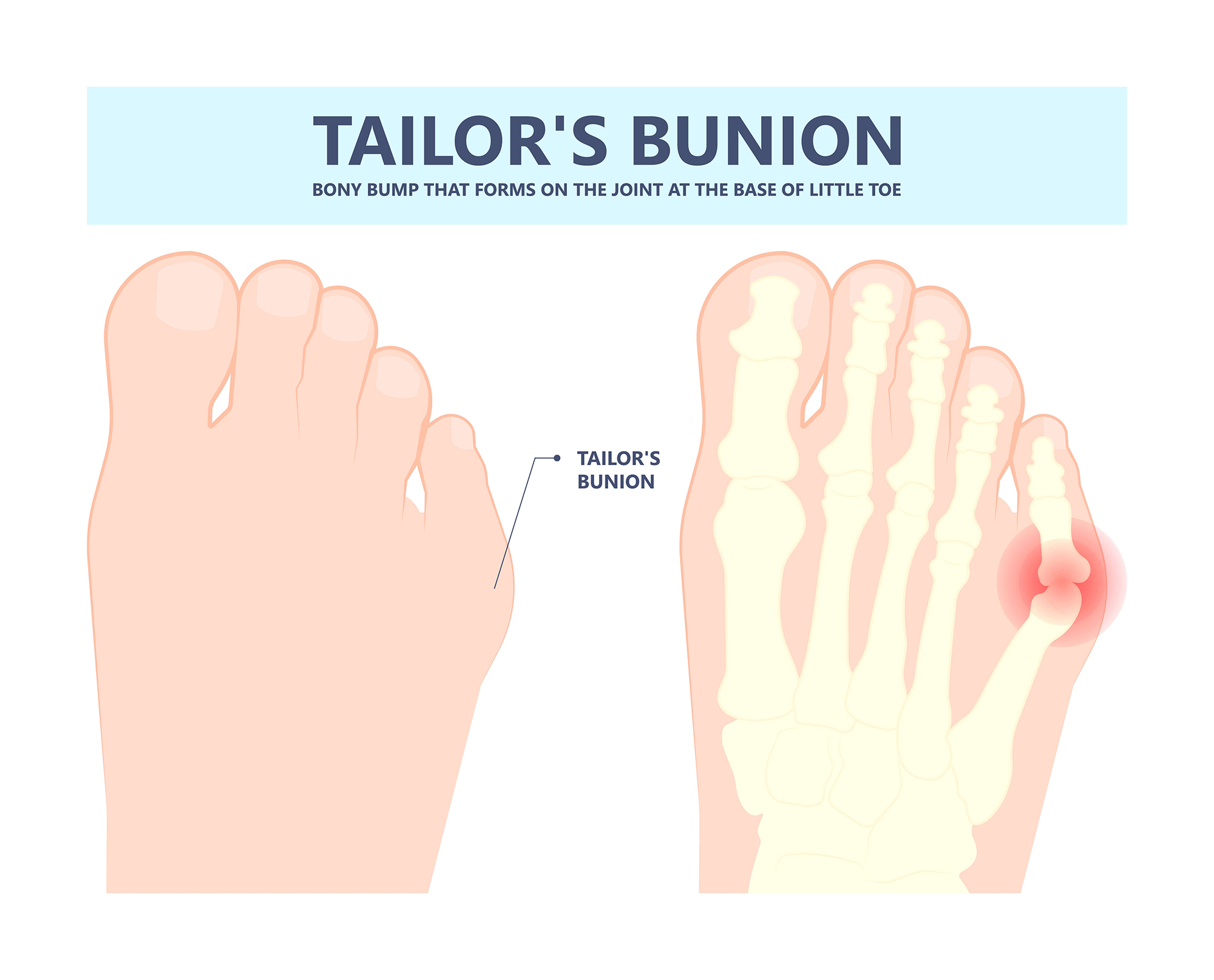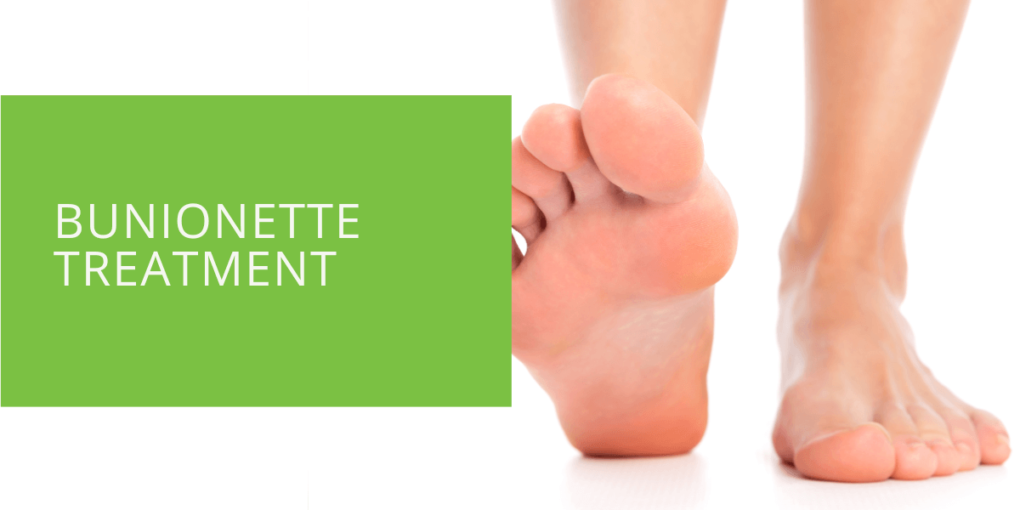Bunionette Treatment: Effective Solutions for Pain Relief
Do you suffer from bunionettes, also known as tailor's bunions? If you do, you know how painful and frustrating they can be. These bony protrusions can make it difficult to find comfortable footwear and even cause deformity of the metatarsal bone. Fortunately, there are many treatment options available, both surgical and non-surgical, that can help alleviate your pain and improve your quality of life.
This extensive guide will take a deep dive into bunionette treatment. We will explore the different types of bunionettes, the causes of this foot ailment, and the most effective treatment options available. Whether you're looking for non-invasive therapies or you're considering surgery, we've got you covered. So sit back, relax, and let us help you find the right treatment for your unique condition.
Key Takeaways
- Proper footwear choices, orthotic devices, and physical therapy exercises are effective non-surgical methods to alleviate bunionette pain and deformity.
- Surgical intervention, such as osteotomy, may be necessary for severe cases, with careful consideration of post-operative recovery.
- Consulting with a podiatrist is essential to determine the most suitable treatment plan tailored to your specific bunionette condition and overall health.
Non-Surgical Bunionette Treatment
Orthotic Devices: The Foundation of Relief
Orthotic devices serve as the cornerstone of non-surgical bunionette treatment. These specialized inserts are custom-made or available over the counter. They are designed to properly support the metatarsal head, reducing pressure on the affected area. The orthotics work by redistributing the weight across the foot, effectively relieving pain and preventing further progression of the condition.
Whether prescribed by a podiatrist or bought over the counter, orthotics offer a customized solution to alleviate bunionette pain. They work by realigning the metatarsal head and providing cushioning, thus reducing discomfort while enhancing overall foot function.
Footwear Modification: Choosing the Right Shoes
Opting for suitable footwear is crucial in managing bunionette pain effectively. The right shoes can make a significant difference in your comfort level. Look for footwear with a spacious toe box and sufficient arch support. High heels and tight-fitting shoes can exacerbate the problem by increasing pressure on the affected area. Making informed decisions regarding your footwear can help reduce pain and prevent the condition from worsening.
The importance of proper footwear cannot be overstated. Wearing shoes that accommodate your bunionette is pivotal in alleviating pain and preventing further complications. The right pair of shoes can make daily activities more manageable and comfortable.
Padding and Taping: Quick Relief Measures
For immediate pain relief, consider the use of padding and taping techniques. These methods aim to reduce friction and pressure on the bunionette. By applying cushioned pads and taping the little toe in a way that promotes proper alignment, you can experience temporary relief. However, it's crucial to consult a podiatrist to ensure you're using the correct techniques for your specific condition.
Padding and taping techniques provide quick, localized relief from bunionette pain by reducing the friction and pressure on the affected area. They are excellent interim measures while considering more permanent treatment options.
Physical Therapy: Strengthening Your Feet
Physical therapy exercises can play a pivotal role in improving foot strength and alignment, reducing the impact of bunionettes. Your podiatrist can recommend specific exercises tailored to your needs. Regularly engaging in these exercises can lead to significant improvements over time, making them a valuable component of non-surgical treatment.
Physical therapy exercises focus on strengthening the muscles and ligaments in the foot, helping to improve overall foot function and reduce the discomfort associated with bunionettes. Regular practice can yield long-lasting benefits.

Surgical Bunionette Treatment: When Is It Necessary?
Sometimes, non-surgical treatments may not provide adequate relief, and surgical intervention becomes viable. Let's explore the surgical procedures used to treat bunionettes in greater detail.
Overview of Surgical Options
Surgical treatment for bunionettes typically involves a procedure called an osteotomy. This surgical technique aims to realign the metatarsal head and remove the bony bump on the outside of the foot. There are various types of osteotomies, and your podiatrist will recommend the most suitable one based on the severity of your condition.
Surgical intervention becomes necessary when non-surgical methods fail to provide relief. Osteotomy is a commonly employed surgical technique that involves precision cuts and adjustments to restore proper alignment and alleviate pain.
Surgical Procedure Details
The surgical procedure involves making a small incision near the fifth metatarsal bone, allowing the surgeon to access the metatarsal head. Through carefully planned cuts and adjustments, the metatarsal head is repositioned to reduce pain and deformity. While surgery offers the potential for long-term relief, it also requires a period of post-operative recovery.
The surgical process is a highly specialized procedure performed by skilled podiatrists. It involves meticulous incisions and realignment of the metatarsal head to eliminate the bony bump. Understanding the intricacies of the surgery helps patients make informed decisions.
Recovery and Rehabilitation
Recovery after bunionette surgery typically involves wearing a specialized boot or cast for a few weeks. Physical therapy may be recommended to restore strength and flexibility. Your podiatrist will provide specific guidelines for post-operative care and a timeline for returning to regular activities.
Post-operative care is essential for a successful recovery. Wearing a specialized boot or cast helps protect the surgical site, while physical therapy aids in regaining strength and flexibility. Following your podiatrist's guidance is crucial for a smooth recovery process.
Choosing the Right Bunionette Treatment
Deciding between non-surgical and surgical treatment options for your bunionette depends on various factors. Consider your condition's severity, lifestyle, and overall health. Consult with a podiatrist for personalized recommendations and guidance on the most suitable treatment plan tailored to your needs.
Conclusion
In bunionette treatment, there is hope for pain relief and improved foot health. Whether you opt for non-surgical methods such as orthotics, footwear modification, padding, and taping or choose the surgical route with osteotomy, seeking professional advice is essential. Our experienced podiatrists are here to guide you through the journey to pain relief and foot comfort.
Don't let bunionettes dictate your footwear choices or lifestyle any longer. Contact our podiatry clinic today to schedule an appointment. We have the expertise to assess your condition and recommend the most effective treatment options, helping you regain your mobility and find relief from bunionette discomfort. Your path to pain relief starts with us.

